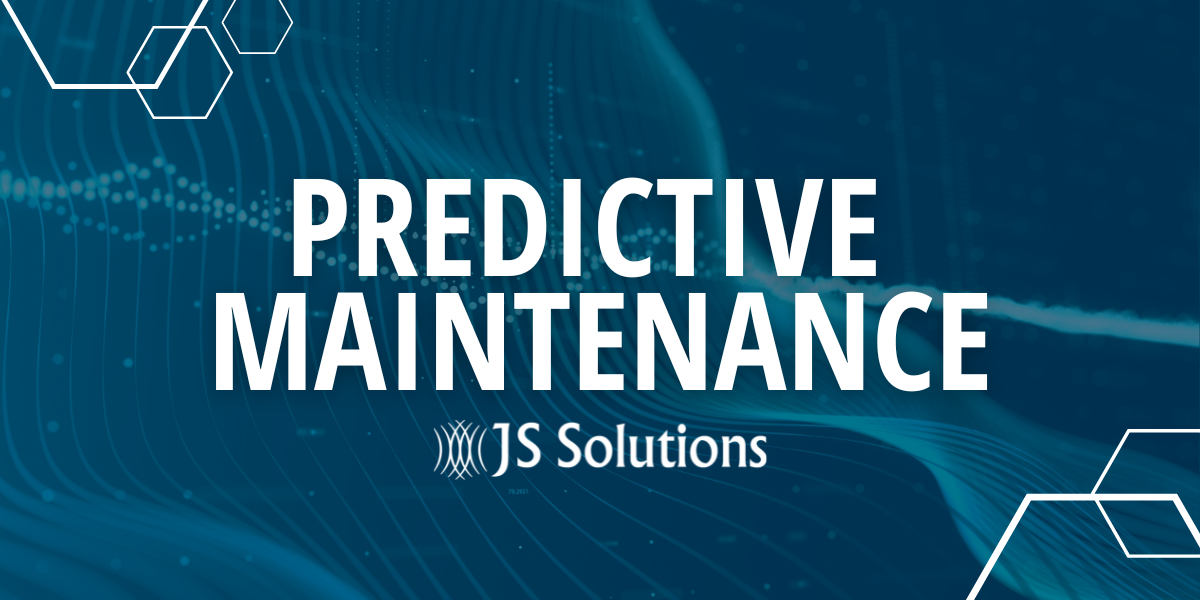Predictive maintenance is a technique that uses data analysis tools and techniques to detect anomalies in operational processes as well as identifying possible defects in equipment that allow them to be fixed before they result in failure.
The concept of predictive maintenance is nothing new–organizations have been implementing it to some degree since the early 2000s. The idea was adopted from Japanese manufacturing techniques developed in the 1980s, which included the implementation of Scheduled, or Planned, Preventative Maintenance. The concept was further developed with the introduction of Total Productive Maintenance, used in Lean Manufacturing, where maintenance was planned in advance to keep equipment in working order at all times.
In contrast to reactive maintenance, where problems were addressed as they arose, successful implementation of the new techniques resulted in fewer breakdowns and reduced downtime, which led to more effective use of labor, longer machine life, and improved workplace safety. Reaping the benefits required assimilating information from equipment manufacturers, experienced engineers, and operators over a long period of time.
Frequently used in the private sector, predictive maintenance relies on personnel to use condition-monitoring technology and data analytics to schedule maintenance based on evidence of need.
Ideally, predictive maintenance allows the maintenance frequency to be as low as possible to prevent unplanned reactive maintenance without incurring the costs associated with doing too much preventive maintenance.
In 2007, the DoD instructed the military services to designate a single focal point for predictive maintenance, provide funding, and begin implementing predictive maintenance to achieve readiness at the best cost where it is technically feasible and beneficial. While advances are being made, the U.S. Government Accountability Office (GAO) found that military services have not consistently adopted and tracked implementation of predictive maintenance.
The military services have reported examples of how predictive maintenance has improved performance outcomes and reduced costs. Army and Navy officials also provided examples of predictive maintenance possibly preventing accidents on aircraft such as the AH-64 Apache and the F/A-18 Super Hornet.
Some of these assets are being outfitted with data-collecting sensors that alert maintainers when a part is wearing out or how it might fail. Pilot programs are being launched across the DoD, known as the “Condition-Based Maintenance” and “Condition-Based Maintenance Plus” programs, the Prognostic and Predictive Maintenance effort, and Enhanced Reliability-Centered Maintenance.
In December 2022, the GAO issued a set of recommendations to the four main branches of the Armed Forces to develop plans to implement predictive maintenance and assess its performance. This includes the designation of a single entity to support the implementation of predictive maintenance and the development of a comprehensive implementation plan for predictive maintenance including action plans and milestones for current weapon systems, outcome-related goals and objectives, a process for evaluation, and a framework to develop and track milestones.
The GAO has also recommended that each branch develops a plan with specific quantifiable metrics and goals for evaluating predictive maintenance and conducts ongoing monitoring and reporting of the results from predictive maintenance for major weapon systems.
Why is Predictive Maintenance Important?
The DoD is continually challenged to provide battle-ready ground combat systems, ships, submarines, and aircraft to its warfighters, spending nearly $90 billion each year on weapon systems maintenance. To improve availability of weapon systems, the DoD is implementing predictive maintenance on a widescale basis.
Predictive maintenance allows for safety compliance, pre-emptive corrective actions, and increased asset life. By looking ahead and knowing what failures are likely to occur and when, pre-emptive investigations, maintenance schedule adjustments, and repairs can be performed before the asset fails, thus increasing the user’s operational readiness posture.
Who Benefits From Predictive Maintenance?
The goal of this initiative is to help the aviation community advance from a reactive maintenance posture to a proactive, decision-based approach. In turn, this will arm the maintenance manager with the information needed to make efficient decisions that avoid mission disruption and eliminate premature removal of components. The desired effect is increased availability, reduced cost, and increased safety. Prognostic and predictive maintenance give aircraft maintainers insight into what might go wrong and when.
Predictive and Prognostic Maintenance touches nearly every area of the sustainment chain. While the work necessary to implement it is substantial, it is essential to enabling the Army Aviation Enterprise Sustainment Strategy and its benefits to the Army include a reduced logistical footprint, improved operational availability, and a decreased lifecycle cost.
According to the December 2022 GAO report, the military services recognize that shifting to predictive maintenance is a cultural challenge that requires sustained leadership focus.
How Can JSS Help Your Company?
The experts at JSS can provide Aviation fleet and maintenance management expertise to your Prime Contract team. In addition to helping your team to interpret and validate data, we can assist your company with the creation of a usable data analytics dashboard for test efforts with Army Materiel Command.

